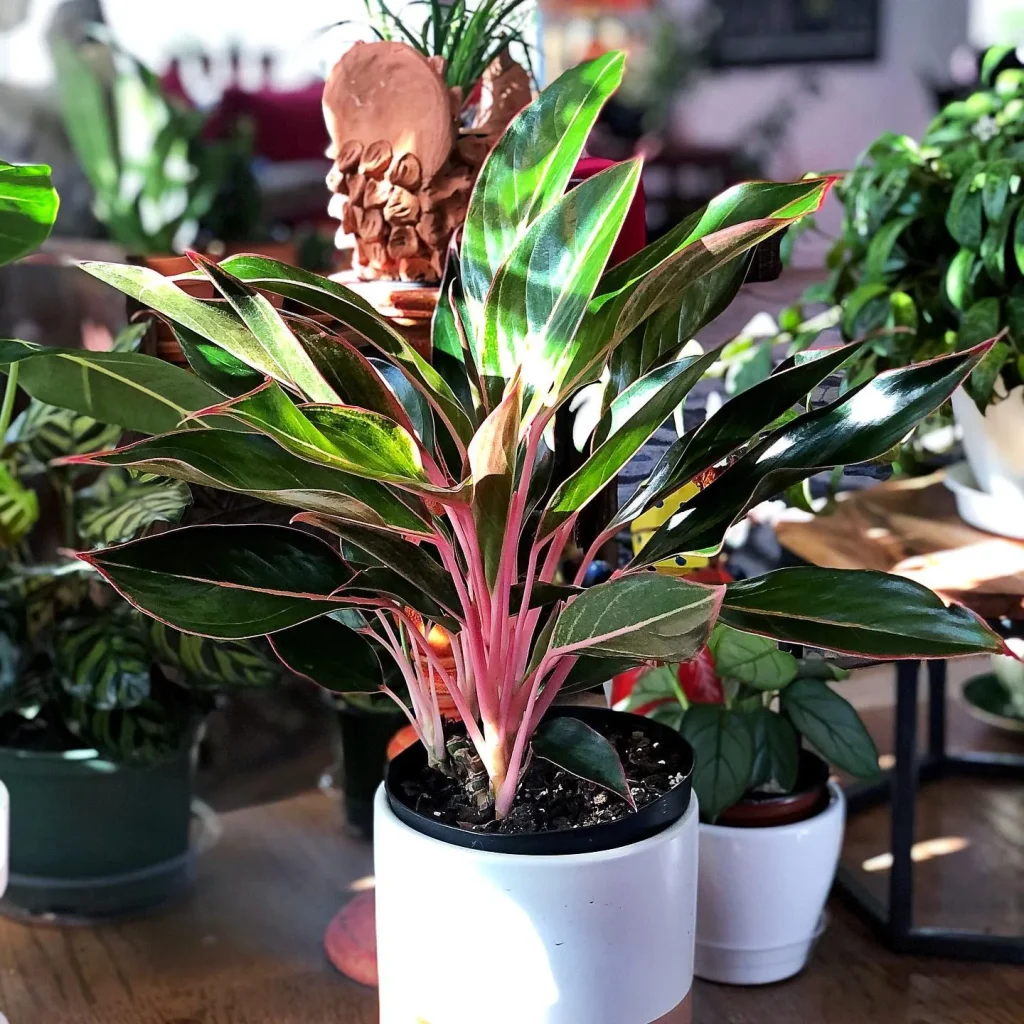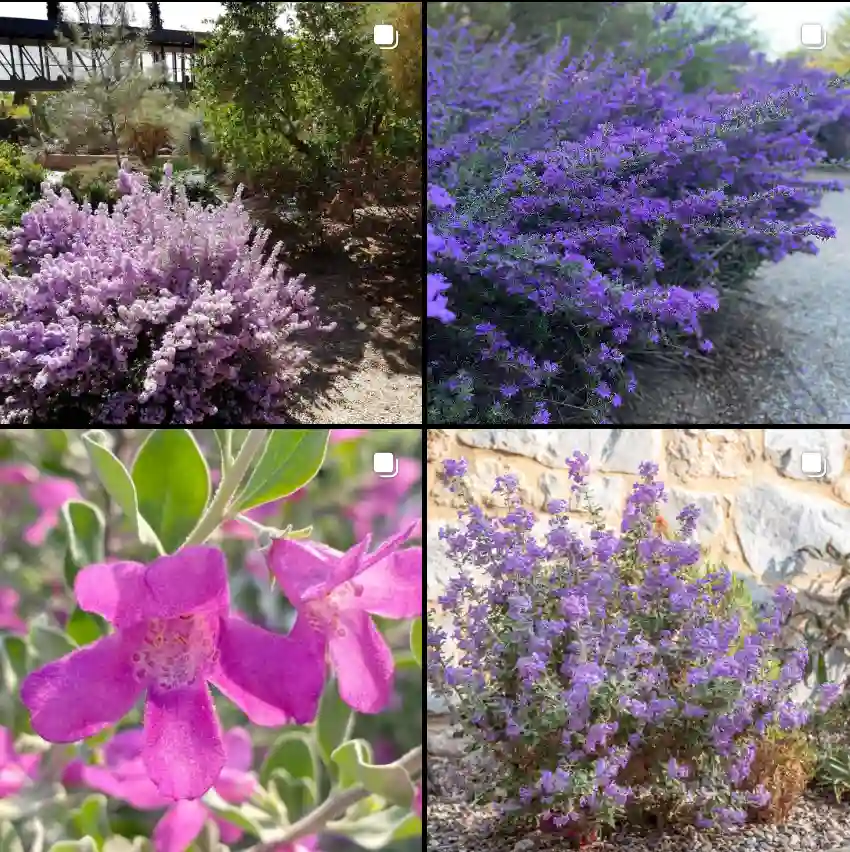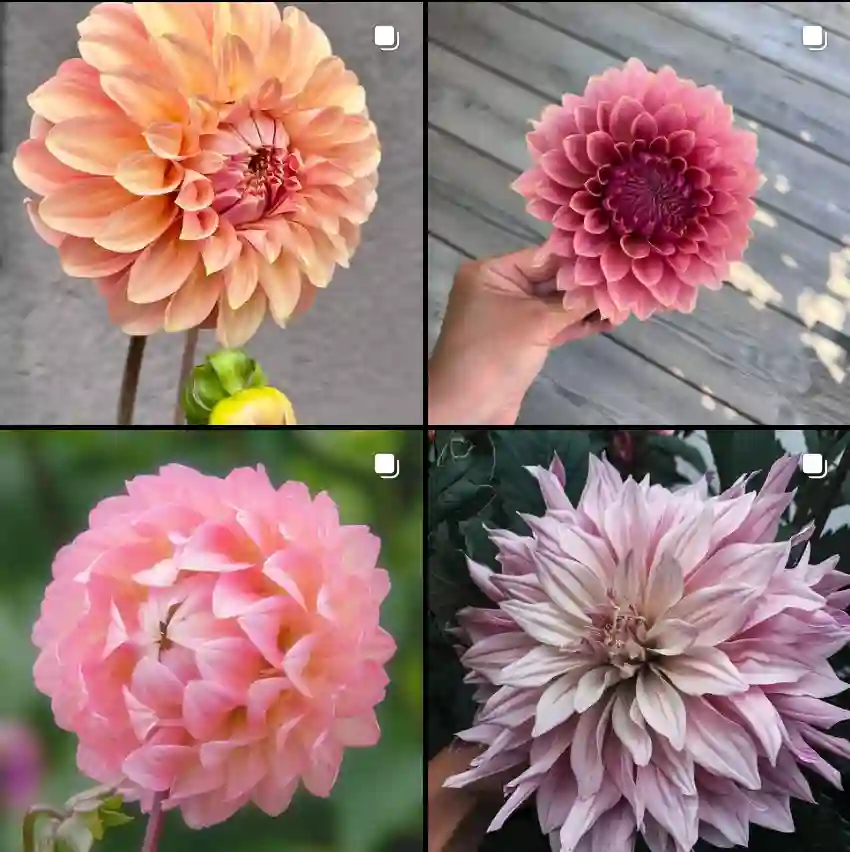FAQs About Pinus Strobus Louie: Your Ultimate Guide
As a passionate gardener, I often find myself diving deep into the specifics of different plant species. One such intriguing species I’ve explored is the Pinus Strobus Louie. Whether you’re a seasoned horticulturist or a casual plant enthusiast, understanding this plant’s nuances can make a big difference. Here’s a comprehensive guide to frequently asked questions about Pinus Strobus Louie, based on my experiences and research.
139 Species in Genus Pinus
What Is Pinus Strobus Louie?
Pinus Strobus Louie is a cultivar of the Eastern White Pine (Pinus Strobus). This variety is known for its compact, dwarf size and dense, bushy appearance. It’s a unique option for those who want the elegance of a pine without the towering height typical of the species. Louie maintains a neat, rounded shape and has soft, flexible needles that give it a lush look throughout the year.
How to Care for Pinus Strobus Louie?
Caring for Pinus Strobus Louie is relatively straightforward, but there are a few key points to ensure its health and vibrancy:
- Sunlight: Louie thrives in full sun to partial shade. Ideally, it should get at least 4 to 6 hours of sunlight daily.
- Soil: Well-drained soil is crucial. It prefers sandy or loamy soil but can tolerate a range of soil types as long as they drain well.
- Watering: Regular watering is important, especially during dry spells. However, overwatering can lead to root rot. Aim to keep the soil consistently moist but not waterlogged.
- Fertilization: A balanced, slow-release fertilizer applied in early spring can help promote healthy growth. Avoid excessive fertilization, as this can lead to overly rapid growth and potential stress.
- Pruning: Minimal pruning is required. You can prune to maintain shape and remove any dead or diseased branches. It’s best to prune in late winter or early spring before new growth begins.
How to Propagate Pinus Strobus Louie?
Propagating Pinus Strobus Louie can be a bit challenging but rewarding. Here’s how you can do it:
- Seed Propagation: Collect seeds from mature cones. Soak them in water for 24 hours, then sow them in a pot with well-draining soil. Keep the pot in a warm, sunny spot. Germination can take several weeks.
- Cuttings: Take semi-hardwood cuttings in late summer. Dip the cut end in rooting hormone and plant it in a pot with a mix of sand and peat. Cover with a plastic bag to maintain humidity and place in a warm, bright location. Rooting can take a few months.
What to Plant With Pinus Strobus Louie?
Pinus Strobus Louie pairs well with various companion plants that complement its structure and color:
- Hostas: Their broad leaves and varied colors contrast nicely with the fine texture of Louie’s needles.
- Heuchera: The vibrant foliage of Heuchera adds a pop of color and texture to the area around Louie.
- Sedum: The low-growing, succulent nature of Sedum works well in combination with Louie, adding ground cover and visual interest.
- Astilbe: The feathery flowers of Astilbe provide a nice contrast to Louie’s foliage, adding seasonal interest.
Benefits of Pinus Strobus Louie
Pinus Strobus Louie offers several benefits for gardeners:
- Compact Size: Its dwarf size makes it ideal for smaller gardens or as a decorative element in containers.
- Low Maintenance: Once established, Louie requires minimal care, making it a great choice for busy gardeners.
- Year-Round Interest: The evergreen needles provide consistent color and texture throughout all seasons.
- Wildlife Friendly: It can attract birds and insects, contributing to a more vibrant garden ecosystem.
Toxicity and Safety
Pinus Strobus Louie is non-toxic to humans and pets, which is a significant advantage for families with children or animals. However, as with any plant, it’s a good idea to discourage ingestion, as consuming large quantities of any plant material can cause digestive discomfort.
Common Problems and Solutions
While Pinus Strobus Louie is generally resilient, it’s not immune to issues. Here are some common problems and their solutions:
- Pine Needle Disease: This fungal disease can cause yellowing and needle drop. Improve air circulation around the plant and avoid overhead watering to reduce humidity.
- Pest Infestations: Watch for pests like pine beetles or aphids. Use insecticidal soap or neem oil as a treatment.
- Root Rot: Ensure proper drainage to prevent root rot. If you notice signs of root issues, such as wilting or stunted growth, adjust watering practices and consider repotting if necessary.
Comparing Pinus Strobus Louie with Other Pines
Pinus Strobus Louie is often compared with other dwarf pine varieties like Pinus Mugo or Pinus Thunbergii:
- Pinus Mugo: While both are dwarf varieties, Pinus Mugo typically has a more irregular shape and denser growth compared to the neat, rounded form of Louie.
- Pinus Thunbergii: Known for its more open, irregular growth habit, Pinus Thunbergii is less compact than Louie and may not fit as well in small spaces.
Overall, Pinus Strobus Louie is a fantastic choice for those looking to add a touch of elegance and year-round greenery to their gardens with minimal fuss. Its unique characteristics make it a standout option among dwarf pines.
If i die, water my plants!



